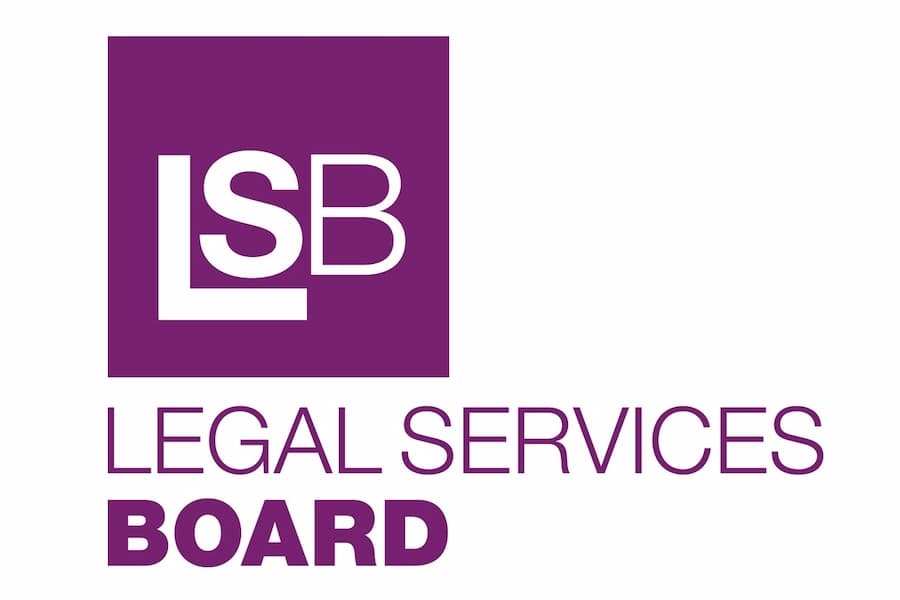Over half of conveyancers say they have ceased their involvement with transactions of leasehold properties affected by the Building Safety Act 2022 (BSA) as a myriad of issues related to the “car crash” legislation have risen to the boil.
“One eminent property law trainer called it the worst piece of property law legislation they had seen in 50 years. Another said it was a ‘car crash’ piece of legislation, and I doubt few would disagree,” said Rob Hailstone, CEO, Bold Legal Group.
Amidst such disquiet over the Act, Today’s Conveyancer surveyed* 196 conveyancers to gather their thoughts. 52% of respondents said they were not currently acting on sales or purchases of leasehold properties affected by the BSA. A further 15% said they were only acting in transactions with certain lenders.

“This will have a knock-on effect,” said Hailstone. “Chain related transactions will take longer, and leasehold transactions will cost more. I doubt that either of these results are what the Government would have wanted.”
The question is, what exactly is causing conveyancers to halt leasehold transactions?
‘Onerous’ Part 2s
One of the foremost issues facing conveyancers has been certain lenders’ Part 2s to the UK Finance Mortgage Lenders’ Handbook question 5.14.17: “Does the lender have any specific instructions about building safety?”
Namely, the Part 2s of Barclays and Nationwide have been of particular concern. While Barclays have since loosened their requirements, Nationwide still states:
“You must check that, to the best of your knowledge, the Leaseholder Certificate and any Landlord Certificate have been appropriately and accurately executed and populated.”
“[Such] Part 2s are onerous and seem to be implying that conveyancers should be verifying the information given in the Landlord’s Certificate,” said Zahrah Aullybocus, Consultant Solicitor, Nexa Law. “We are not qualified to do this.”
Aullybocus pointed out that, should anything go wrong, conveyancers will get the blame. The professional indemnity insurance (PII) consequences of this need no introduction.
Both Marc Rowson, Senior Vice President at insurance brokerage Lockton and Gareth Milner, Managing Director, Professional Risks at J M Glendinning brokerage said the majority of insurers are in a “wait and see” phase concerning the Building Safety Act, with the former suggesting any clarity is 2-4 weeks away.
Milner said insurers “will naturally be concerned” that the BSA could expose conveyancers to greater risk, though this is yet to materialise. In the meantime, he said firms should take a “precautionary approach” to leaseholder work, especially in transactions affected by the BSA:
“Firms should remain prudent in documenting all advice given to the client. The old adage of ‘if it’s not written down, it didn’t happen’ very much applies in these scenarios.”
It is thought that Nationwide are in the process of reviewing their Part 2 requirements. Various groups have also made the government, as well as the Law Society, aware of the conveyancing profession’s concerns on this front, Today’s Conveyancer understands.
Lease extensions
Despite lenders beginning to retract their “onerous” Part 2 requirements, other glaring issues with the BSA remain. One such issue is that the completion of a lease extension has the potential to remove a property from the “leaseholder protection” offered by the Act.
When the lease is extended, the existing lease is surrendered and a new lease is granted. Yet, in order to be a “qualifying leaseholder” and receive the Act’s protections, a leaseholder is required to establish that a lease was in existence as of 14th February 2022 in order to receive its protections.
If a lease is surrendered and a new lease is granted, the lease technically would not have existed before the 14th February 2022, thus disqualifying the leaseholder from the Act’s protection. Zahrah Aullybocus said:
“There is nothing in the legislation or the government’s guidance to say that the leaseholder will still be protected if they are ‘extending’ a lease.
It is an awkward situation to be in and unfortunately this does seem to be a ‘loophole’ that perhaps the government did not intend or foresee.”
Aullybocus added that leaseholders are caught between a rock and a hard place – if they extend the lease now to make it acceptable to mortgage lenders for future sale, they could inadvertently remove the leaseholder protection. There will be a discrepancy between the flats that have the leaseholder protections (in that any potential contributions could be calculated and capped) but those without the leaseholder protections would not be marketable and perhaps then reduce significantly in price due to having to compensate for/calculate the risk of being landed with a large bill.
The consultant solicitor also pointed out that, should one sell their flat to a buyer that requires a mortgage and the lender requires that the lease be extended, the incoming buyer would immediately lose the leaseholder protection anyway. This is seriously affecting shared ownership flats where affordability for lease extensions is a concern.
Inconsistencies with the LPE1
Another issue pointed out by conveyancers is that there are “a lot of inconsistencies” with the LPE1 leasehold property enquiries form. For example, some questions ask about the 18m height whereas others ask about the 11m height, which it is suggested may cause confusion between EWS1 and the BSA. The Law Society also haven’t yet added in a space for “Responsible Person” to be named on the form.
Fire safety
One issue conveyancers are facing is the identification of enforcement notices. There is no search facility to enable a conveyancer to easily answer the relevant questions within the LPE1 – rather, they must conduct a Freedom of Information request or rely on landlords to be honest and declare them.
There are also practical considerations caused by what Zahrah Aullybocus describes as “systemic issues in the planning process”:
“Councils are allowing blocks [of flats] to be put up without leaving space for fire brigades to pull up close to the building to put the fires out.
I understand that there are also a lack of hydrants close by for the fire brigades to plug into and even then, the fire authority has to call the water authority to turn the pressure up.”
Effectively, said Aullybocus, clients need to be warned not to count on being rescued and perhaps make their own back up plans since ladders may not reach the higher floors to facilitate rescue.
*Poll of Today’s Conveyancer’s readership conducted via social media with the authenticity of respondents as conveyancers verified. Results accurate as of 31st March 2023.




















4 Responses
So the freeholders just sit back and watch? Are they not the legal owners of a building which may be subject to new Building Safety rules. Leaseholders do not buy the external walls.
Exactly. The whole things hasn’t been remotely conceived correctly at all. Shambles.
Owners who hold share of freehold in tenant owned management companies embedded in tripartite leases are both freeholders and leaseholders ,so how does that work?
The BSA does not apply to buildings where the freehold is made up of tenants.